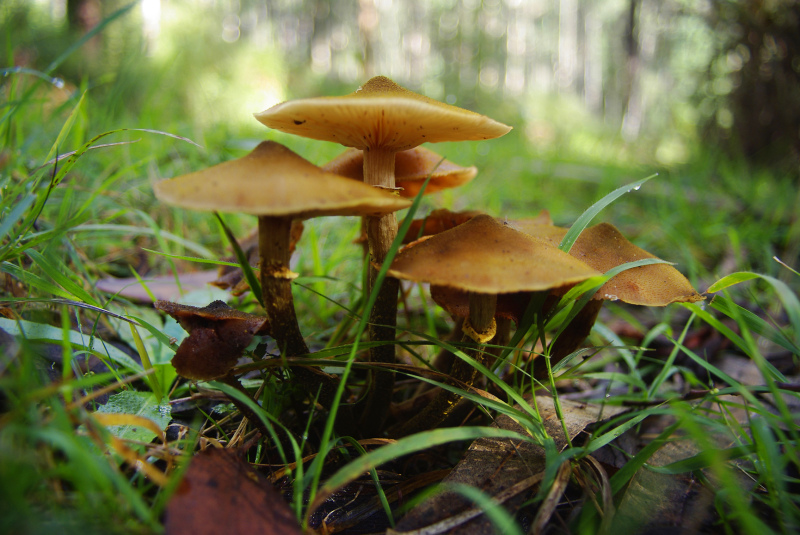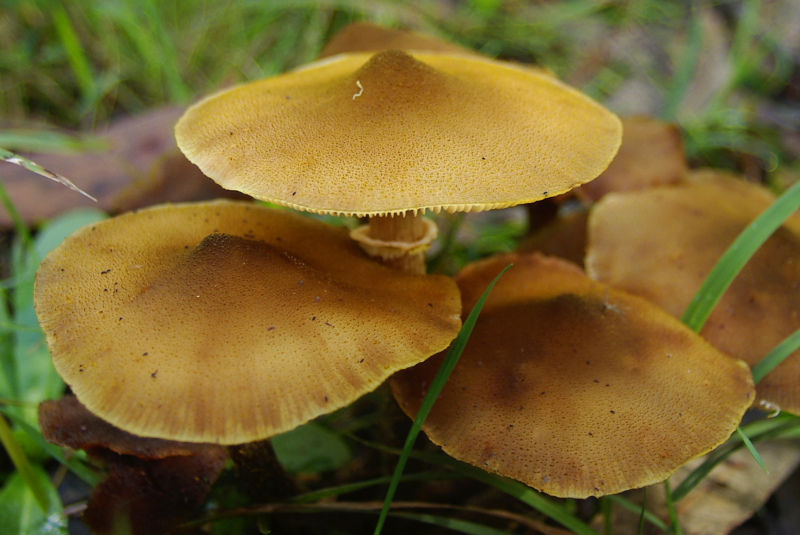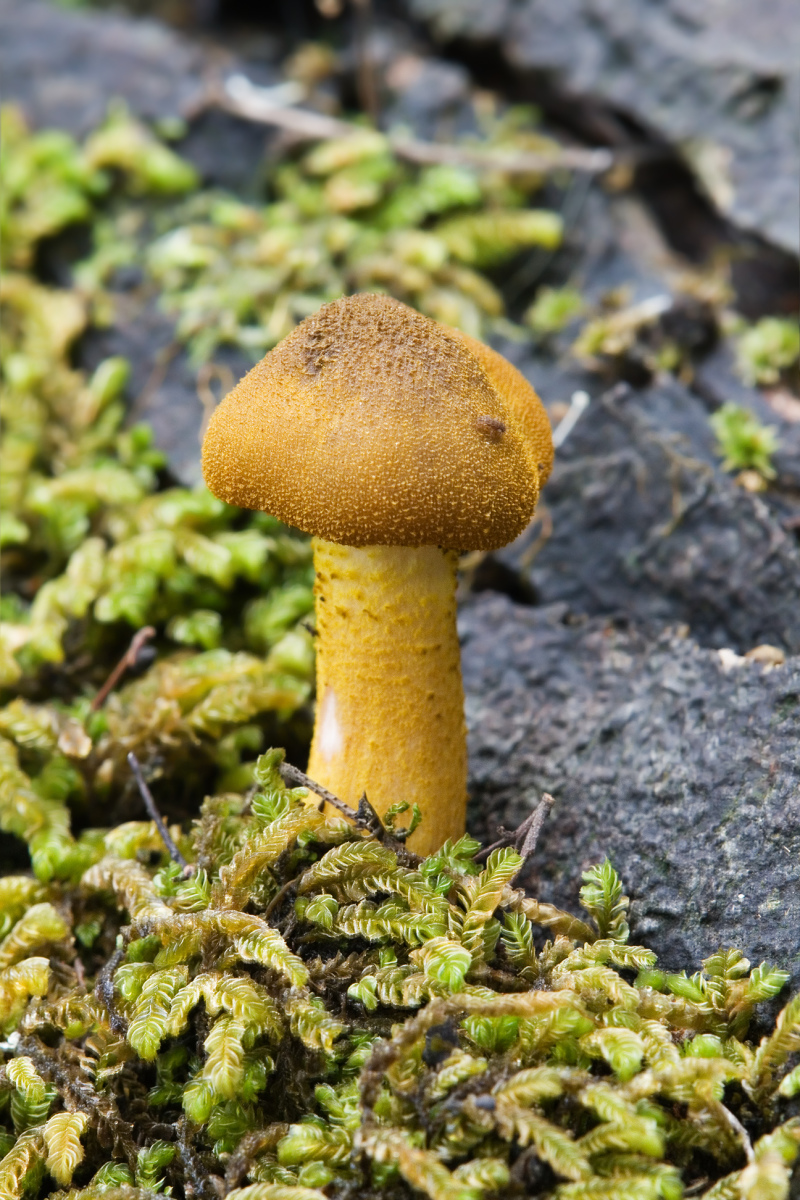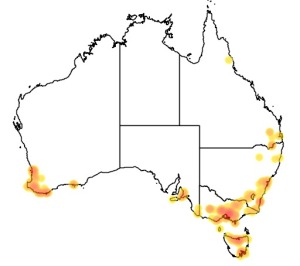Colours
Distinguishing features
There is some evidence that the incidence of the disease is higher in unusually wet seasons due to an increase in the activity of the fungus. the disease is most severe in sandy or lighter soils. citrus trees weakened by drought or other stress factors may be more vulnerable to Armillaria infection.
Clusters of mushrooms (the fruiting bodies of the fungus) grow from the infected roots at the base of the tree during humid, moist conditions in autumn. the mushrooms are brownish or honey coloured on top and creamy-white underneath. Numerous spores are produced that may be seen as a dusting of white over nearby weeds and soil.
There is some evidence that the incidence of the disease is higher in unusually wet seasons due to an increase in the activity of the fungus. the disease is most severe in sandy or lighter soils. citrus trees weakened by drought or other stress factors may be more vulnerable to Armillaria infection. (NSW DPI)
Size
- Size data has not been obtained.
Synonyms
Distribution
Web resources
Damage caused
- It is the main Armillaria fungus responsible for Armillaria Root Rot disease in Citrus plants. The disease is most common in coastal NSW citrus orchards, where clearing of native eucalypt forests has left infected roots. It also occurs occasionally in inland orchards. All commonly grown citrus cultivars are susceptible. (NSW DPI)
Monitoring steps
- General symptoms of Armillaria are disrupted growth, yellow foliage, branch dieback, and resin or gum exudates at the root collar. Trees may die rather abruptly without showing any decline symptoms. (Topics in Subtropics)
Controls
- Land should be cleared of stumps and roots, from native vegetation or old orchards, well before planting new citrus trees to reduce the amount of inoculum in the soil. Bulldozing followed by deep ripping has been found to be most effective. Affected trees can be isolated by deep trenching to reduce the risk of infection spreading between trees, but this is not a practical option in a commercial orchard. The productive life of a tree can be extended if treated in the early stages of infection by pruning low hanging branches and removing soil from around the butt to expose the structural roots to sunlight and air. the diseased roots and bark should be cut out and the cut surfaces treated with quick-drying water based plastic paint. The impact of the disease on the tree can be reduced by not allowing fruit to ripen on the tree. Soil fumigation has been used, but is only effective where deep penetration can be achieved. Where there is a high incidence of infection the most effective long term solution is to remove all of the trees, including all stumps and large roots and leave the area fallow for at least one year before replanting. (NSW DPI)
References
- Barkley, P. and L.J. Penrose (1985). Armillaria root rot of fruit trees, NSW Department of Primary Industries, Agfact, H1.Ab10.




